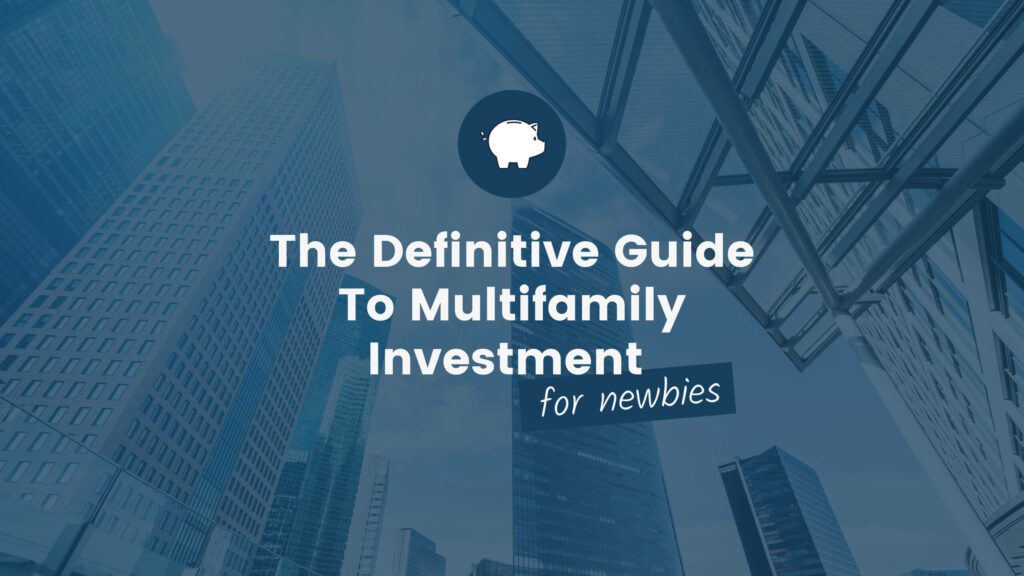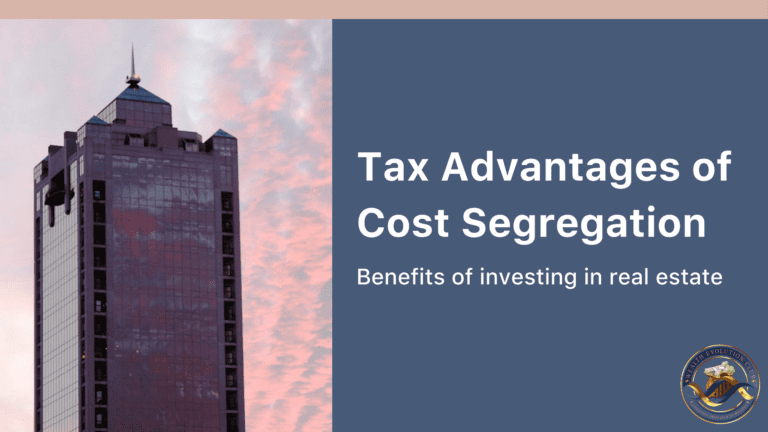For newbie investors, picking out a multifamily investment property can be challenging. Unlike a personal home, commercial property is meant for consumers, so it can be hard to know what to gauge for.
Will they prefer a full bathroom or Quarter bathroom?
Do they want a property in the busy area of the city or a quiet suburb?
These are some of the questions you will have but can’t answer.
However, the first step to identifying your ideal property is to define your target tenants. Knowing the type of tenants you want will reduce your investment property wish list to only the best options.
For example, if you want white-collar workers as tenants, you have to purchase a matching multifamily property. White-collar professionals with good credit and financial stability are likely to rent an apartment in prime areas. These apartments are well furnished and located in a secure environment with good amenities.
In multifamily real estate investment, properties are classified based on age, location, condition, and amenities. Like the school grading system, multifamily properties have a letter grade from an A to a D. The letter grade signifies the class of the property and suggests the features.
This article will walk you through the property classes and offer investment advice for each category. Read on to learn.

MULTIFAMILY ASSET CLASSIFICATION
Class A multifamily properties – Grade A is assigned to top-tier properties. Typically, these properties have all of these characteristics;
0 – 10 years old
Located in a primary market
Possess several modern amenities
Good condition
It is important to note that Class A properties can be over 10 years. In this case, the factors that give the property Class A status are location, amenities, and tenants. A well maintained 20-year old multifamily property in a business district has a better status than a newly built multi-apartment in a suburb.
Some of the factors that separate Class A properties from other property class include:
Location: Class A properties are always located in primary markets and areas with strong business activity. Usually, Class A properties are around offices, universities, and commercial hot spots. Also, they are easily accessible and have a conducive, secure environment.
Condition and Amenities: Another distinguishing characteristic of Class A property is its condition and amenities. Class A properties are usually in a pristine condition, and they have several functioning amenities; pools, doggy daycare, laundry, gym, and restaurant.
Investment Advice: In terms of risk management, Class A properties are considered low risk. That is because Class A properties are sort after by white-collar workers, professionals, and business persons.
The primary challenge of acquiring Class A properties is the cost of the asset. Class A properties are pricey and in demand among many investors, notably foreign and institutional investors.
Only wealthy individual investors can buy a Class A property conveniently. Others use the leverage offered by real estate investment firms to own a stake in a commercial property.
That said, Class A properties command high rent compared to other property classes. Based on the high demand for this property class, it is easy to sell or rent out during economic downturns.
However, Class A properties are not without their risk. The primary risk of Class A properties is oversupply. That happens because most developers are only interested in building Class A properties to serve rich clients’. In an uncontrolled market, this practice can create a supply glut.

Class B Multifamily Property
Age, condition, location, and tenant demographic are the primary characteristics that make a multifamily property Class B.
Class B buildings are over 10 years old but under 25 years. They are located just on the outskirt of prime areas and may need maintenance work before it is rented out.
For example, a Class B property might need a façade and common area improvement or a landscape upgrade. Usually, the maintenance work is minimal, and it raises the rent value to the market standard.
Class B properties have fewer amenities than Class A assets; consequently, they command a lower rent. Usually, this type of property has a middle-class tenant base – white-collar and blue-collar workers. A significant percentage of the renters are by choice, and others are by necessity.
Investment Advice: The cap rate of Class B properties is always higher than Class A assets. That means that Class B assets cost less and offer high net operating income. That is because the rent for Class B properties can appreciate when the property is improved. Consequently, Class B assets are often purchased because of the high cash flow.
The main risk of Class B properties is competition. Sometimes, Class A assets can be downgraded to Class B, automatically becoming a strong competition to pre-existing Class B properties.
Class C Multifamily property
Real estate assets in the Class C category are lower than Class B properties in terms of age, condition, and location. A true Class C property is over 25 years old, located in a less desirable area, and needs significant redevelopment to become functional.
Most Class C properties show visible signs of wear, such as crumbling façade and overgrown landscape. Because they are over 25 years old, these facilities don’t have the modern amenities demanded by high-end and middle-end tenants. So Class C properties are sort after by blue-collar workers and people without a strong financial background.
Investment advice: Even though Class C properties need fixing to become rentable, they have the highest profit potential out of the three property classes. Savvy real estate investors focus on acquiring Class C properties because of the high cash flow potential.
The golden strategy to Class C property investment is to purchase Class C assets in Class B Locations. Such deals are always profitable because the investor can improve the property to Class B standard and demand Class B (higher) rent.
Class C properties are not without their risks as well. They require significant capital and intensive management to become profit-generating assets. Newbie investors may be unable to meet this requirement because they don’t the skill and time.
In this case, the practical solution is to use real estate investment and asset
management firms to acquire and manage the property.
Class D Multi-family Property
The last and certainly the least are Class D assets. As you can imagine, they don’t have the qualities of other assets in other property classes. They are located in places you would naturally avoid because of security issues. Also, Class D properties are over 40 years old and always run down with little or no functioning amenities.
The typical tenants in Class D properties are blue-collar workers with bad credit, undocumented workers, and jobless people on government subsidy. Most of the renters are by necessity, and in the event of an economic downturn, would lose their jobs.
Investment advice: Class D assets are not popular among newbie investors because of the high risk. They are for experienced investors only. Seasoned investors have a proven strategy to upgrade and manage Class D property intensively.
That said, newbie investors can invest in Class D properties through asset management firms. With asset management firms, inexperienced investors leverage the market expertise of real estate professionals to acquire and manage real estate successfully.
Conclusion
In commercial real estate investment, multifamily properties arguably have the best risk margin. However, multifamily real estate investment is challenging for individual investors to access for many reasons.
One of the primary reasons is it is capital intensive. An investor must have deep pockets to own a multi-apartment property. Also, this product type requires intensive management. These factors deter individual investors from multifamily real estate investment.
Smart individual investors partner with accredited real estate investment and asset management companies, who pool capital to invest and manage real estate properties.
Always keep in mind that the best real estate and asset management companies have a proven track record, high transactional experience in dollars, and a sound strategy for investment.
Good Luck.






